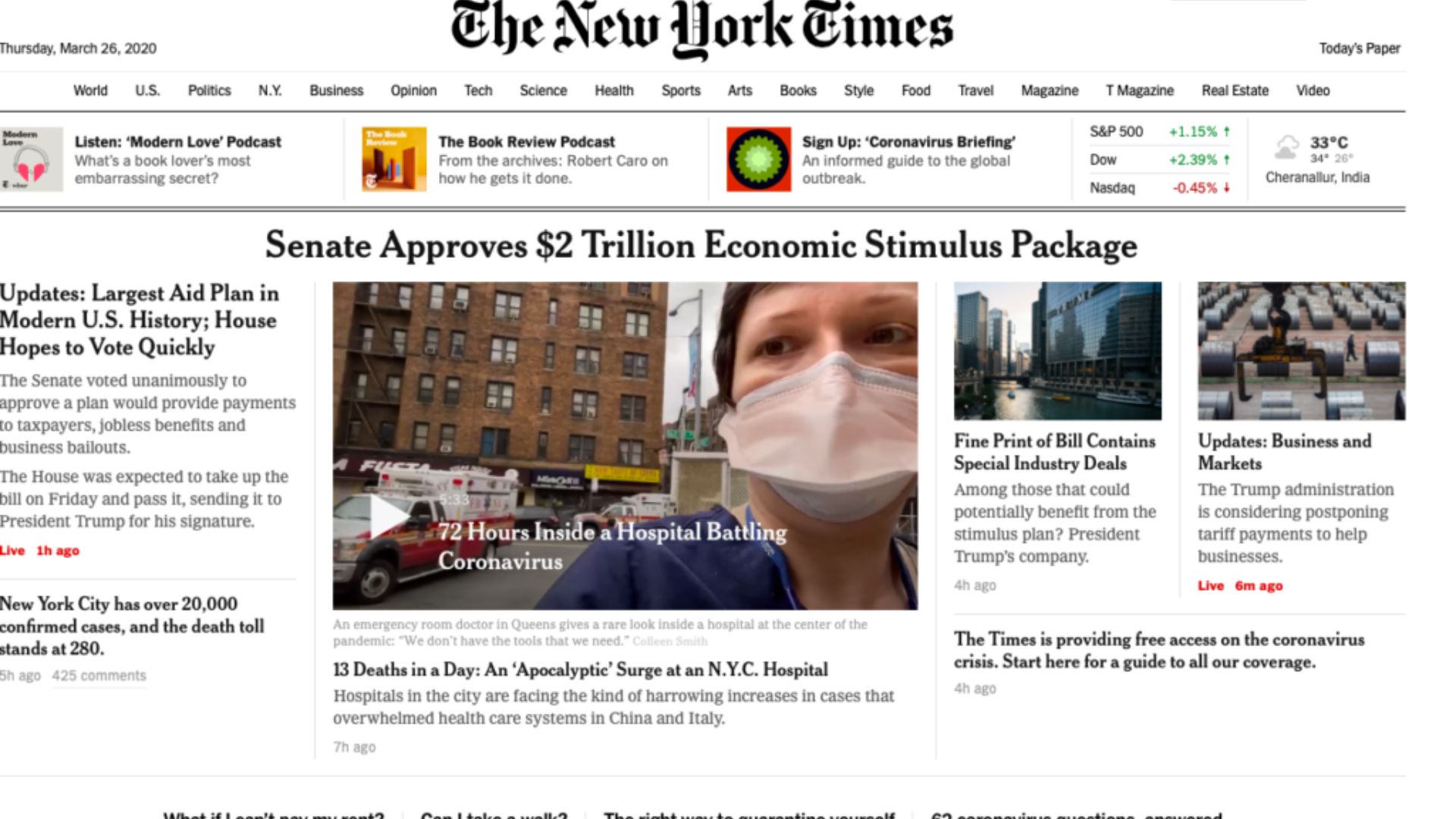Augmented Reality (AR) has revolutionized the field of web design, enhancing user experiences and opening up exciting possibilities for businesses. Here are some key impacts of augmented reality on web design and user experience:
- Interactive and Immersive Experiences: AR technology enables users to overlay virtual objects or information onto the real world. With AR implemented in web design, users can have interactive and immersive experiences right from their web browsers. This can be achieved through markers, object recognition, or location-based AR. Users can visualize products in 3D, try on virtual clothing, or see how furniture would look in their space, enhancing their engagement and decision-making process.
- Enhanced Product Visualization: AR allows businesses to showcase their products more interactively and realistically. Users can virtually place products in their real environments, explore different angles, and interact with them in ways not possible through traditional web design. This enhances the user’s understanding of the product’s features, design, and use cases, ultimately leading to increased conversions and satisfaction.
- Improved User Engagement: The interactive nature of AR in web design captivates and engages users, increasing their time spent on websites. AR features encourage users to explore and interact with digital content, enhancing the overall user experience. This higher level of engagement can lead to increased brand loyalty and positive word-of-mouth through the sharing of unique AR experiences.
- Personalization and Customization: AR can provide personalized experiences based on user preferences, demographics, or past interactions. By using AR to customize product recommendations or interactive elements, businesses can create tailored experiences that resonate with individual users. This level of personalization enhances user satisfaction and encourages repeat visits.
- Simplified Decision-Making: AR can help users make more informed decisions by providing real-time information and visualizations. For example, in the retail industry, AR can display product details, reviews, or comparisons directly on the user’s screen as they view physical products. This simplifies the decision-making process and increases user confidence in their choices.
- Brand Differentiation: Implementing AR in web design sets businesses apart from their competitors and demonstrates innovation. By offering unique and memorable AR experiences, businesses can stand out in crowded markets and create a positive brand perception. This can attract new customers, encourage social sharing, and generate buzz around the brand.
- Accessibility and Inclusivity: AR can make web experiences more accessible and inclusive. For example, AR can assist individuals with disabilities by providing alternative ways to interact with digital content. It can also break down language barriers by overlaying translated text in real-time. These accessibility features help ensure that AR-enabled web experiences are available to a wider audience.
In conclusion, augmented reality has a transformative impact on web design and user experiences. By incorporating AR into web design, businesses can provide interactive, immersive, and personalized experiences that engage users, facilitate decision-making, and differentiate their brand. As AR technology continues to advance, the possibilities for innovative web experiences are limitless.










